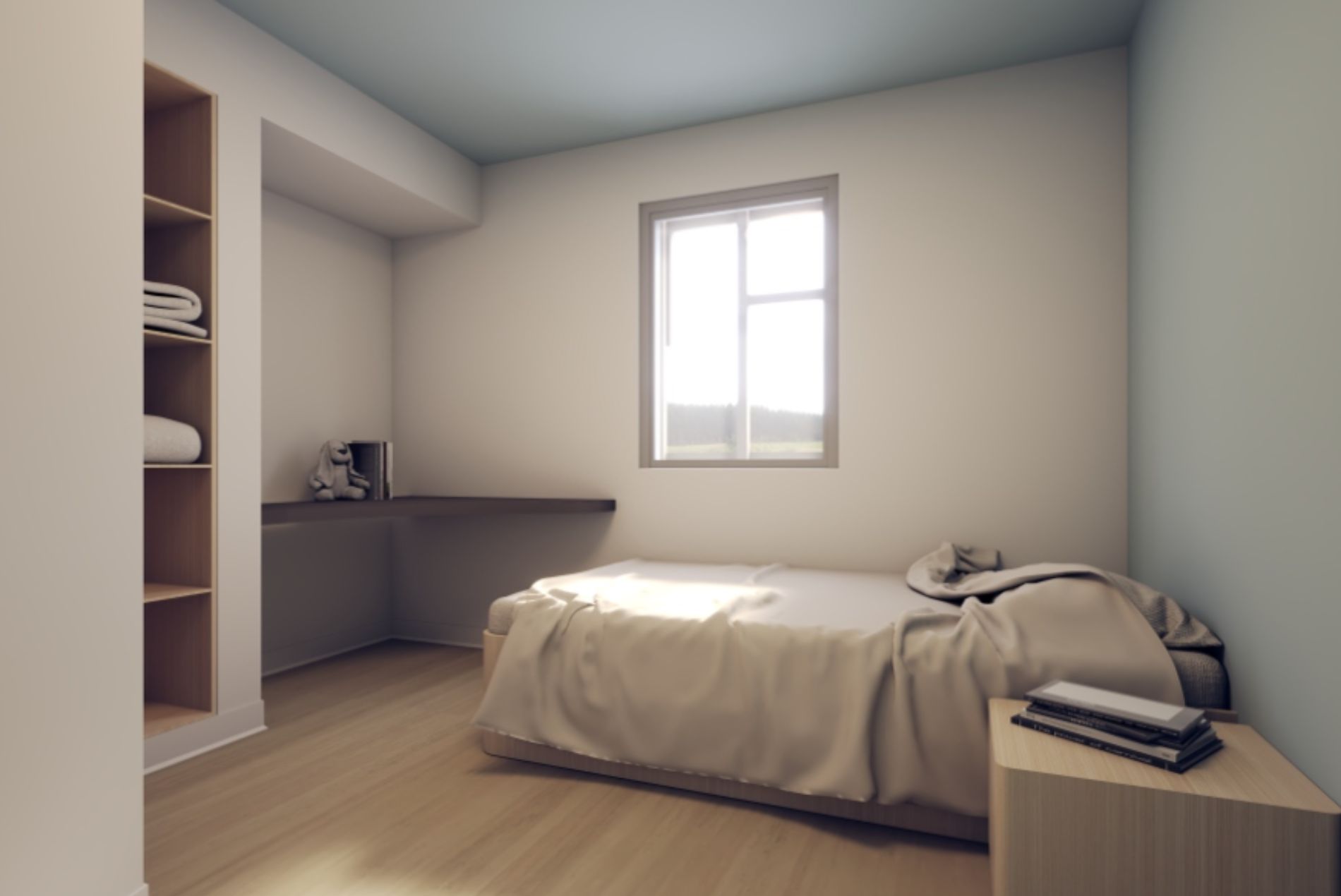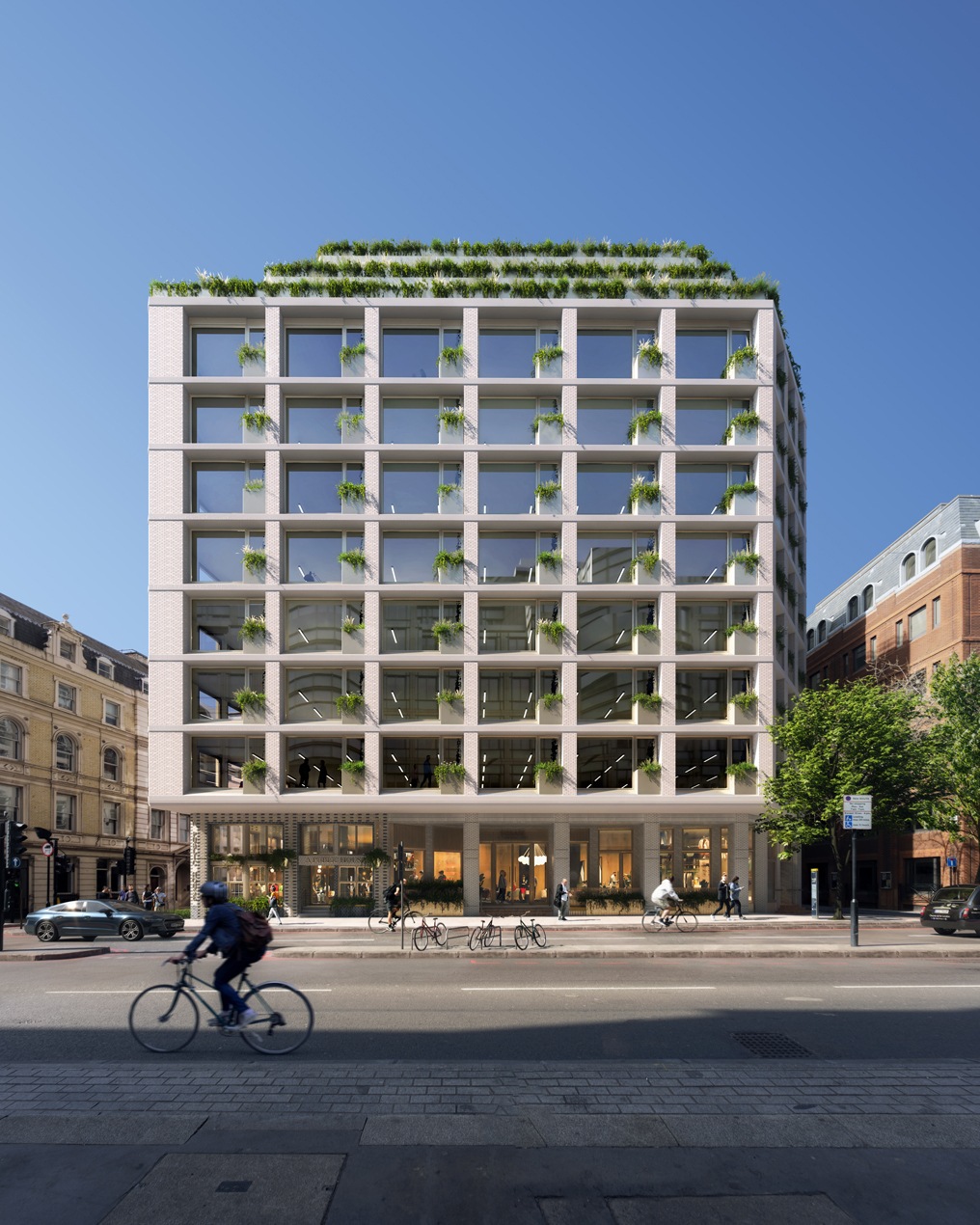
The new hospital creates a therapeutic environment by using evidence-based design. It prioritizes transparency and biophilia while balancing safety, security and operations.
Embracing Western Washington’s natural beauty, the hospital incorporates nature and daylight into the daily activities of patients and staff.
HOK’s design includes refined material choices coupled with innovative planning and sustainability measures. These elements work together to destigmatize mental health care and challenge traditional treatment models.
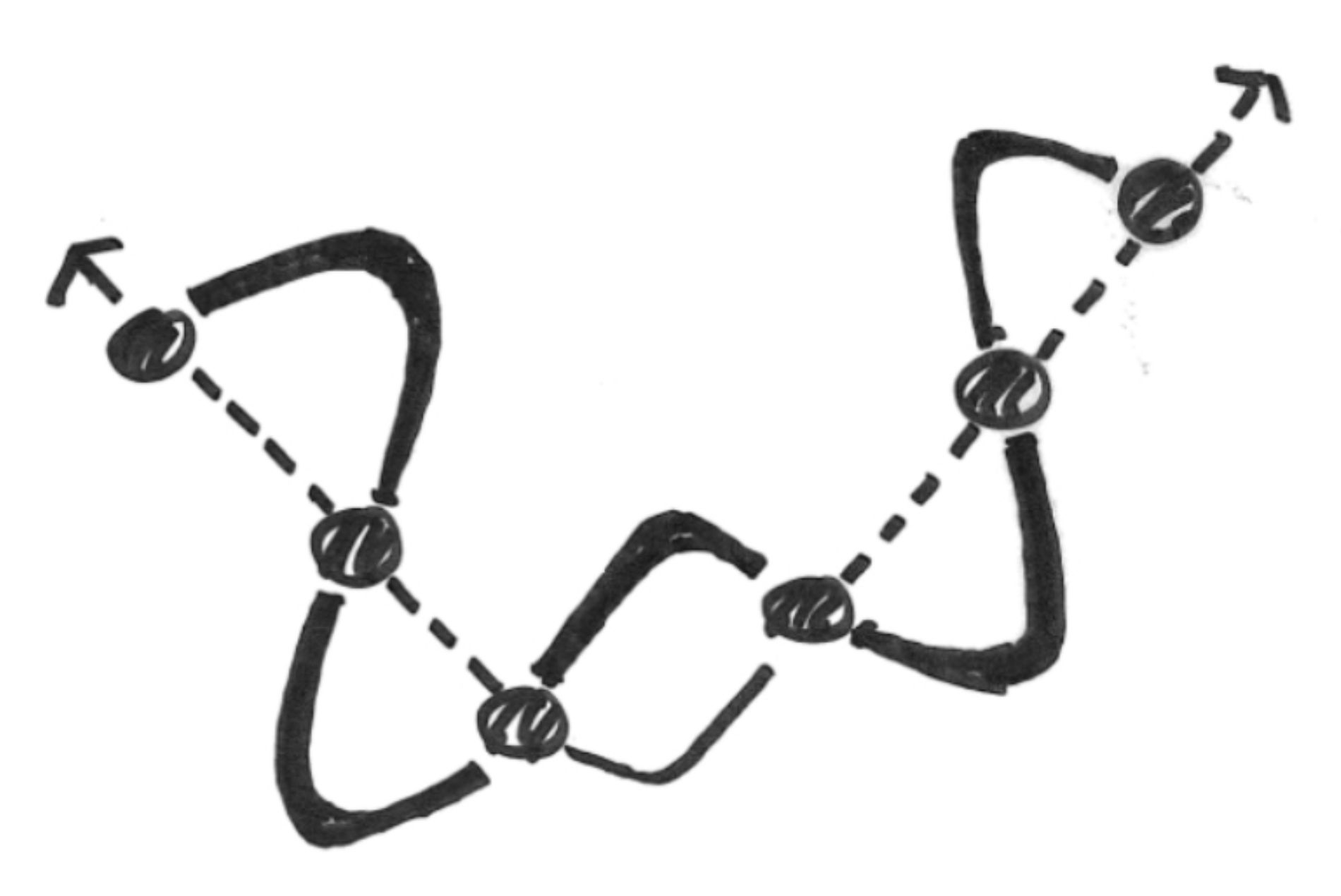
The buildings are arranged as a series of neighborhoods across the site. This layout encourages movement and supports the future reintegration of patients into society.
At the heart of the design are five courtyards. The hospital weaves around these open spaces, creating a natural flow. Connecting bridges link the main hospital to the neighborhood buildings. This design allows patients to view and access the courtyards as they go about their daily activities.
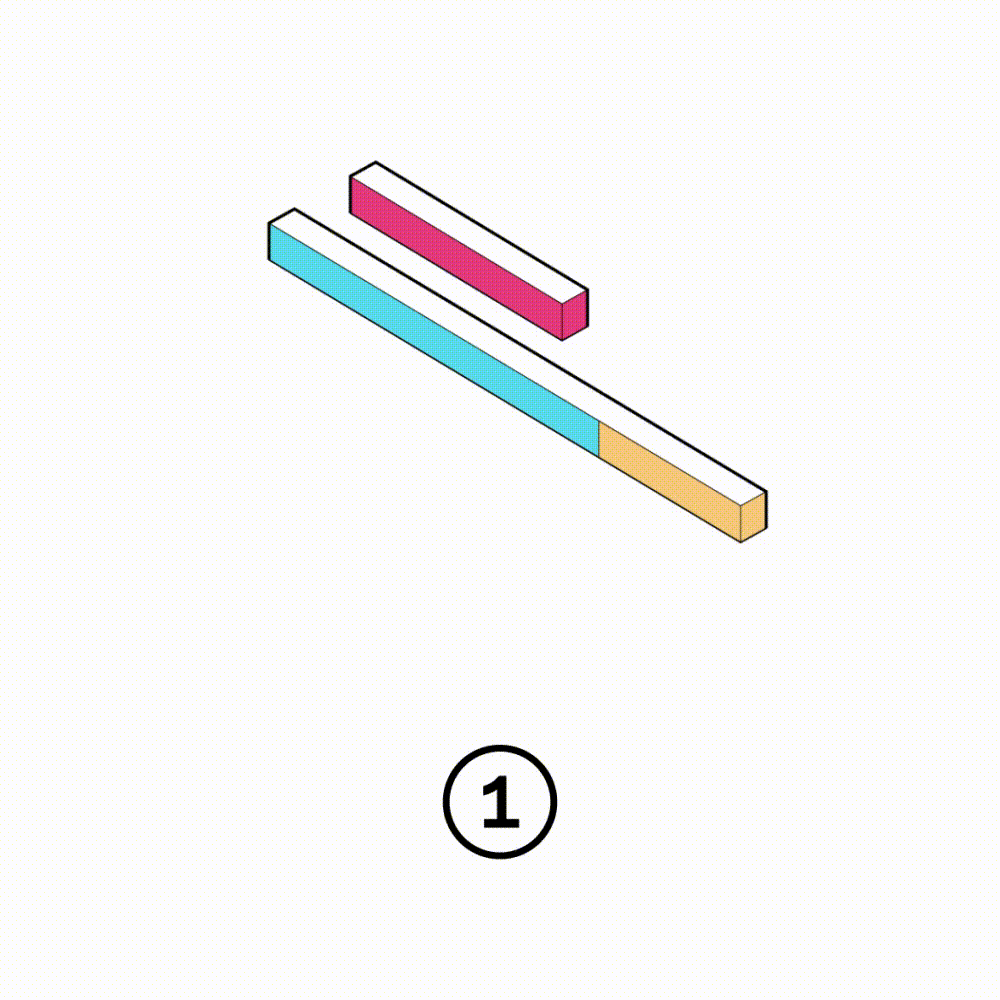
The design encourages patients to move from place to place as they would in a normative environment. As patients navigate the space, they are surrounded by nature and greenery. The team called this concept “A Walk in the Park.”
Here’s how it works:
1. Traditional massing: Typical mental health hospitals consolidate programming in a linear fashion in one or two buildings.
2. Separate neighborhoods: Western State breaks up this linear layout. Inpatient units (blue) are separated from “neighborhood” buildings (yellow) where patients go for treatment, socialization, education and other activities.
3. Downtown junctions: Active “downtown” hub spaces (magenta) connect neigborhoods to inpatient units, providing multipurpose programming areas.
4. Expanding capacity: Angled inpatient wings increase capacity while preventing direct views into individual patient rooms.
5. Intermix with nature: Elevated walkways connect inpatient units and neighborhoods, providing views of the campus’ forested glades and landscaped courtyards.

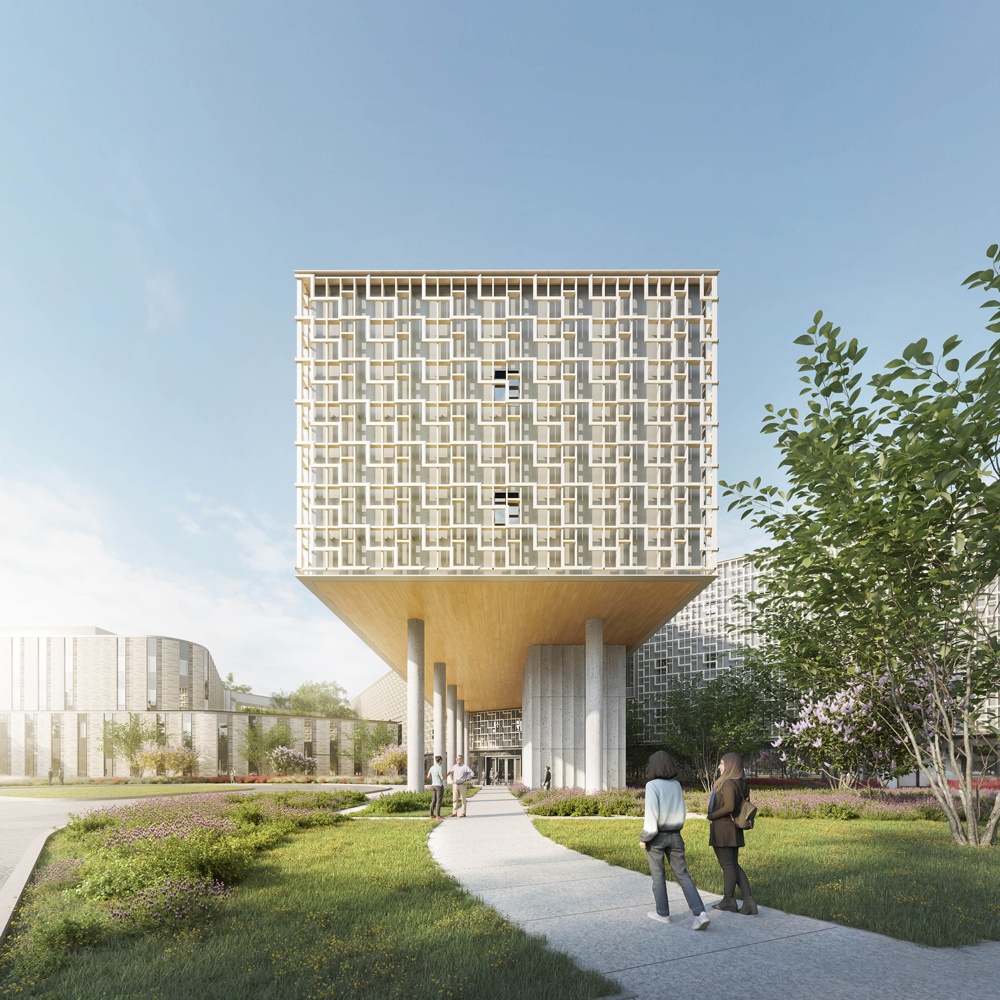
The hospital’s exterior avoids an institutional look. Its facade features a modular lattice veil. This rhythmic pattern enhances the aesthetic appeal, creating a woven appearance that balances with the brick veneer of the connected neighborhood buildings.
Rooftop solar arrays generate on-site power for the hospital, which is targeting net-zero energy consumption and LEED Gold certification.
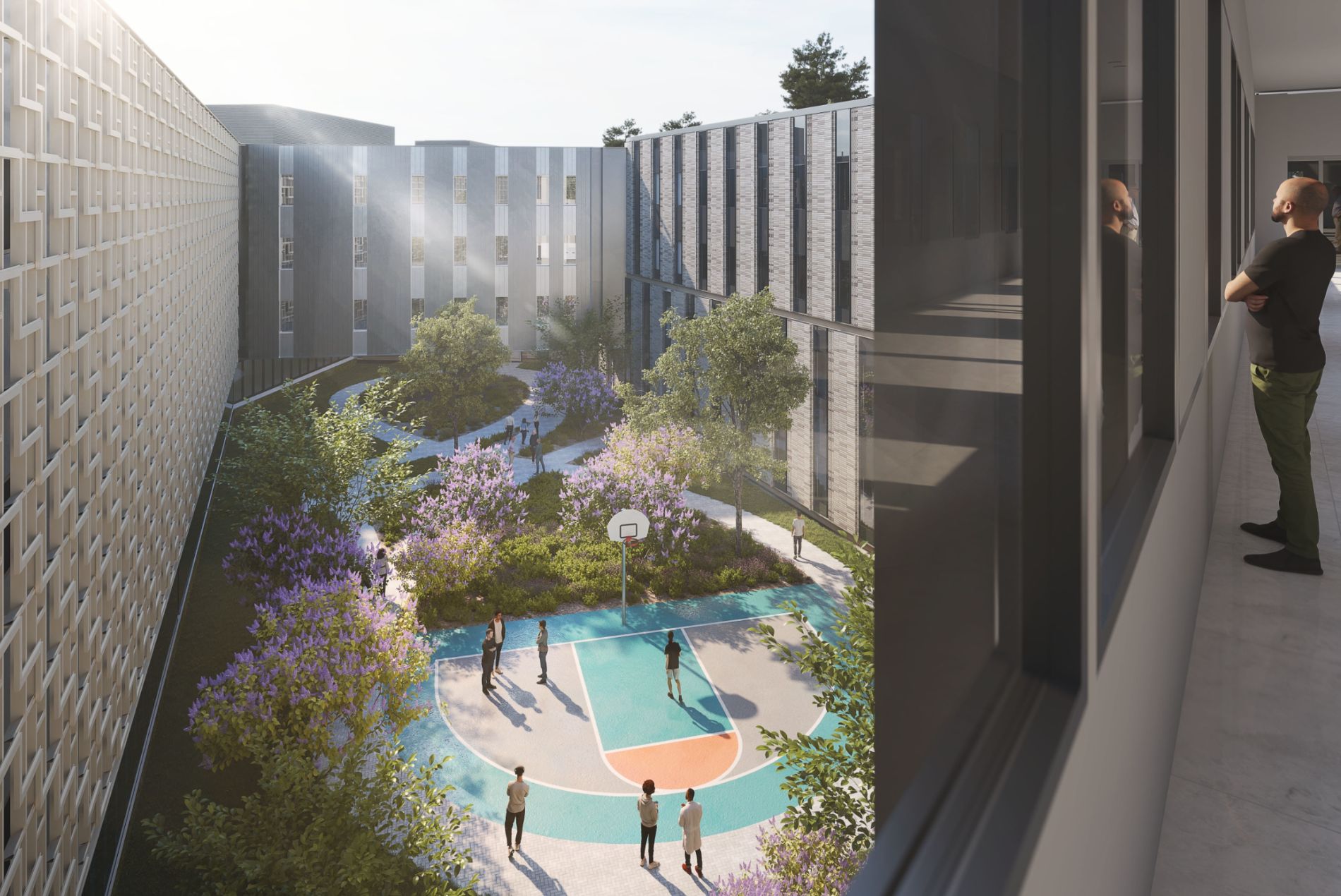
The design adds a sense of passage, place and rhythm to and environment that is typically isolated and restricted. Neighborhoods dedicated to activities like medication distribution and counseling sessions mimic the third spaces and routines found in day-to-day life.
Elevated walkways connect these neighborhoods and allow patients and staff to look out at nature. This “neighborhoods-and-bridges” concept helps reacclimate patients by adding a sense of travel and journey into the treatment model without compromising safety or security.
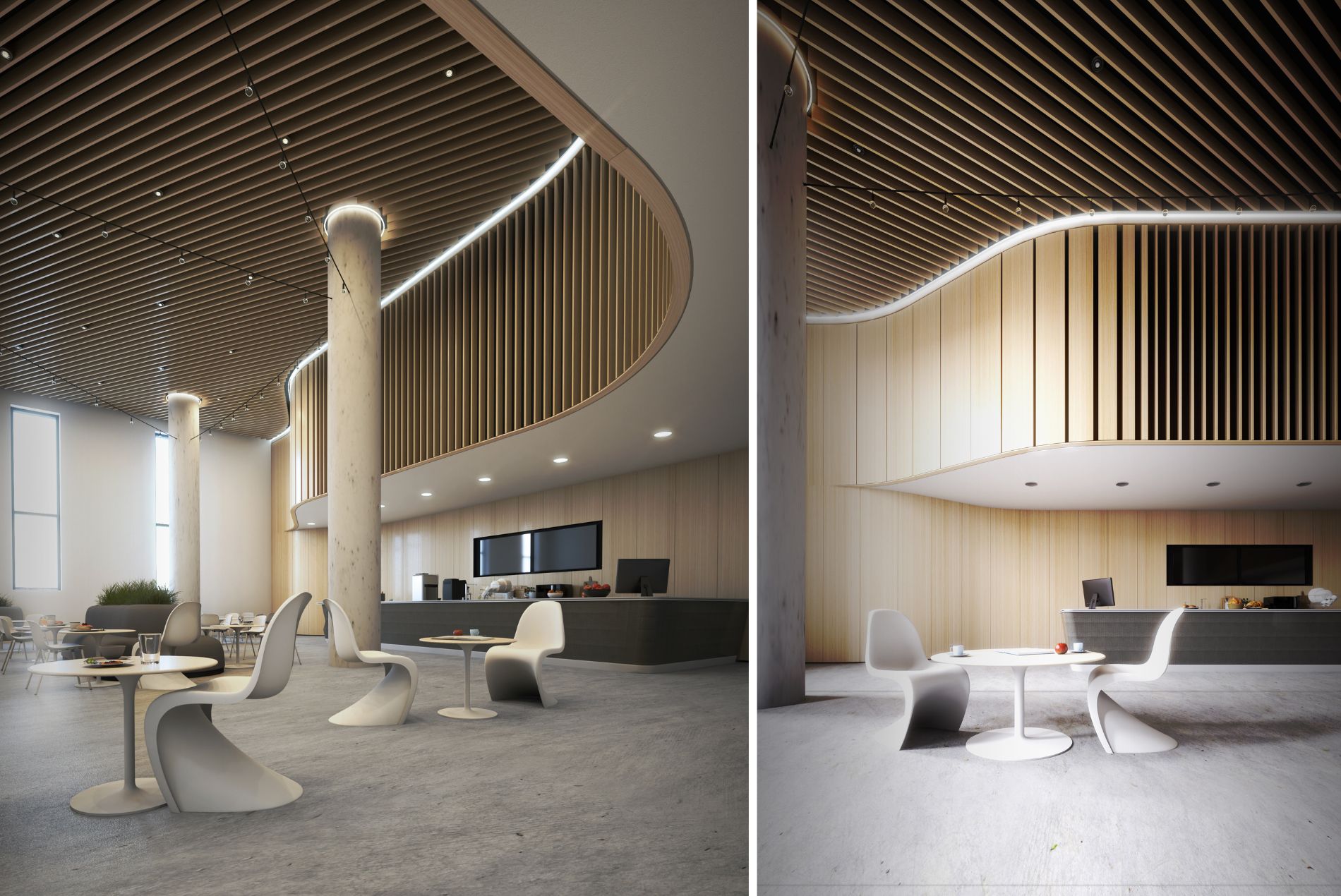
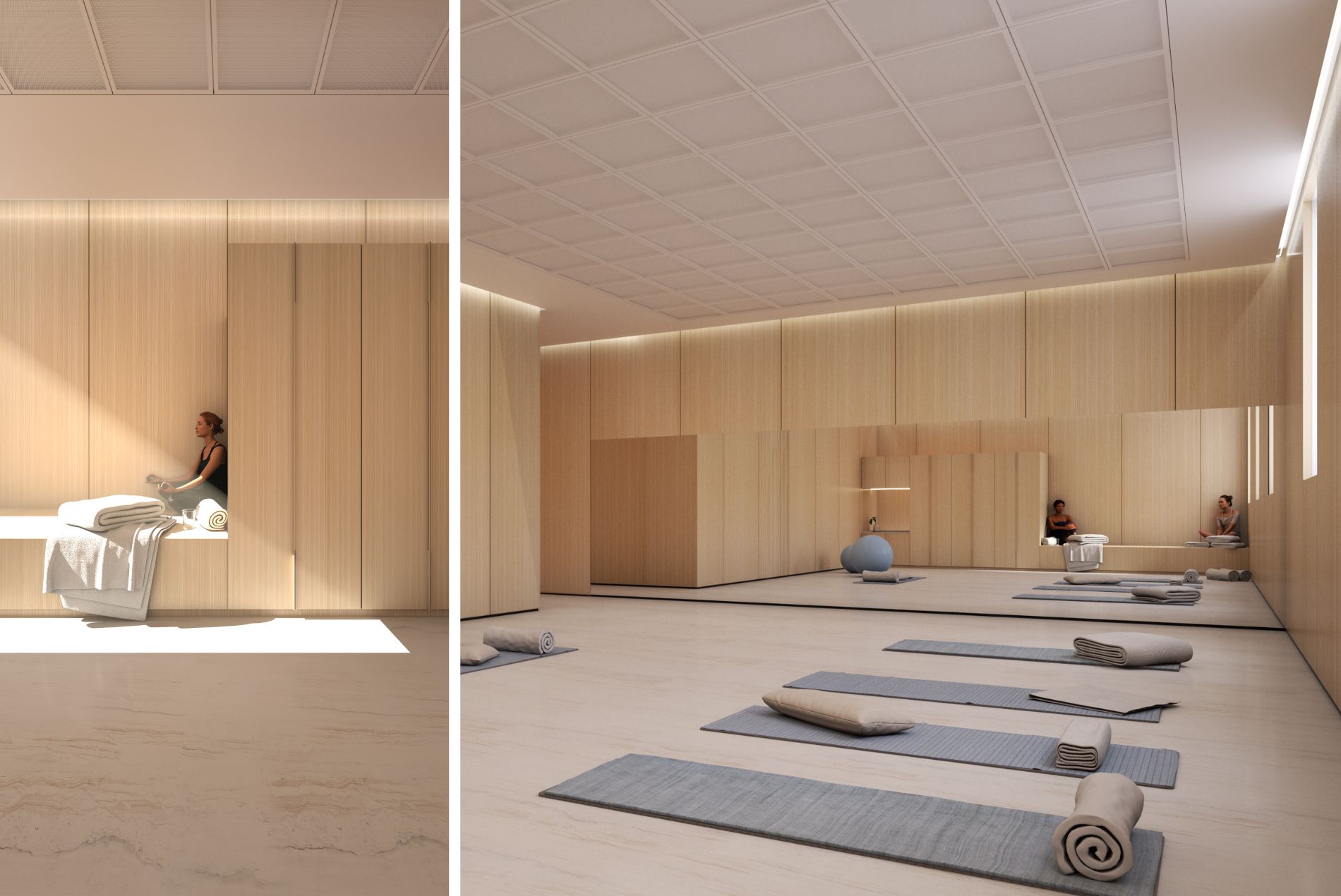
“The design supports holistic healing and rehabilitation of forensic behavioral health patients, challenging more institutional models. The new hospital highlights the need for progressive services, programs and designs to optimize long-term outcomes for vulnerable populations.”
— Loren Supp, Design Principal

